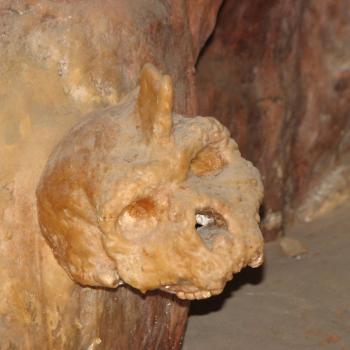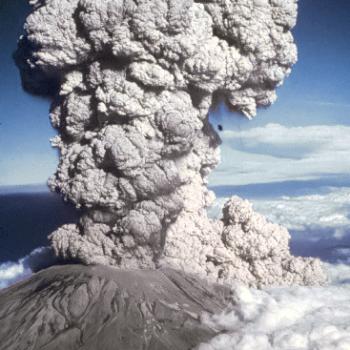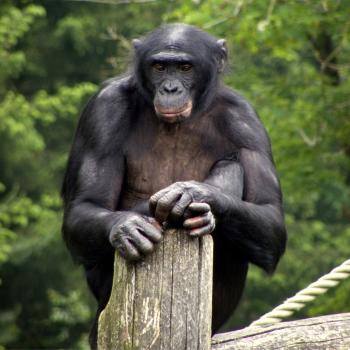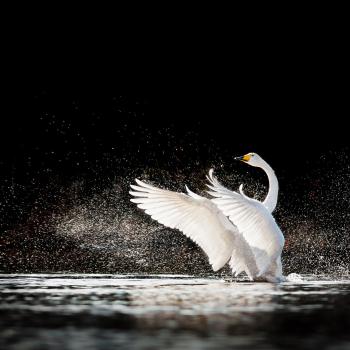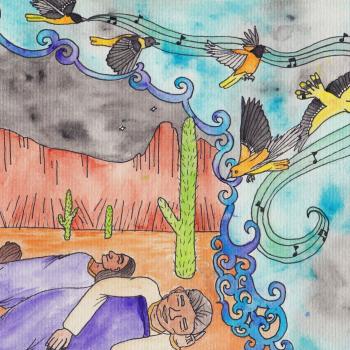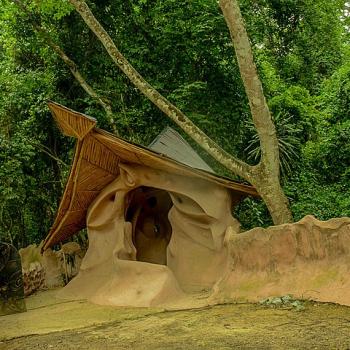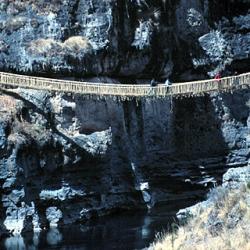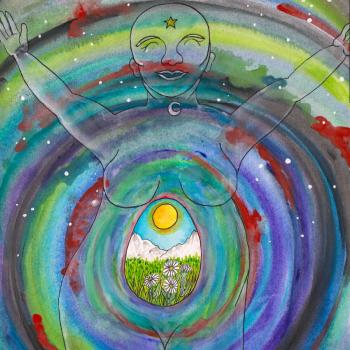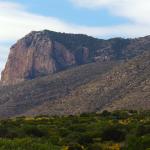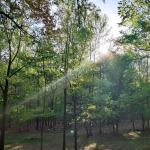Scholars have long debated the age of a human-like skull discovered in Petralona Cave in northeastern Greece, but have overlooked evidence suggesting the cave and its extraordinary natural formations may be the oldest known sacred site in human history. Sometimes the awe-inspiring natural features of a cave appear custom-made to reinforce the cosmological beliefs of those who discover them. Natural cave formations that seemed to reflect core religious beliefs were perceived as divine manifestations of the gods. For example when... Read more

